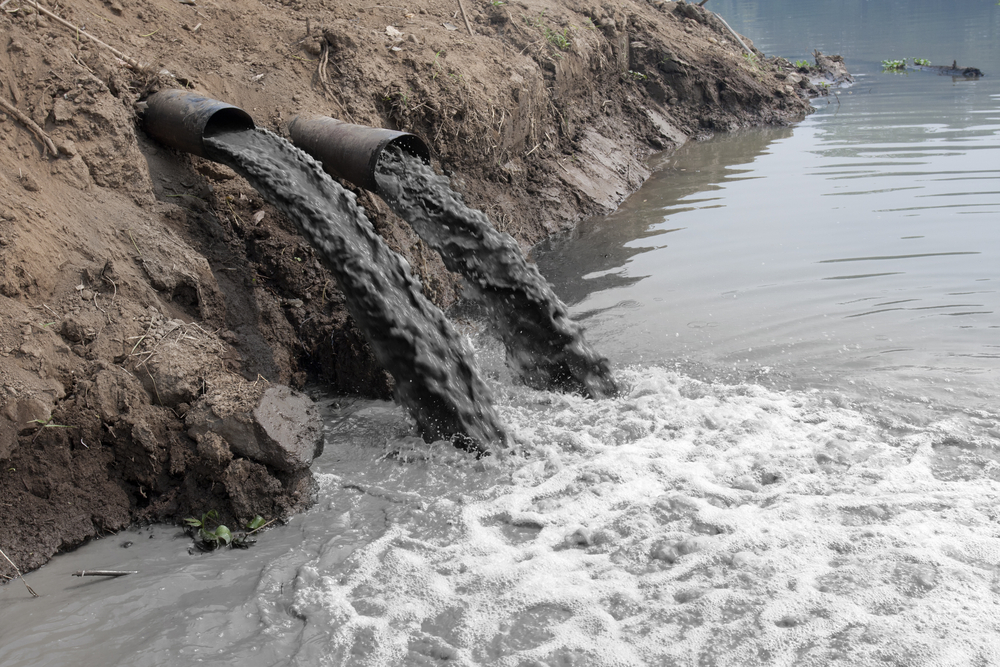PFAS/PFOS Removal in contaminated locations around Australia
Considered by scientists to be emerging contaminants, PFAS are a globally concerning group of non-degradable chemicals that are having an impact here in Australia. While PFAS and PFOS are not and never have been manufactured in Australia, products containing these chemicals have long been imported into our country[1]. The ramifications of this are now beginning to show, with several communities around Australia being told that their drinking water has been contaminated with PFAS “over the safe limit”[2].
Stories, such a recent Four Corners report, should prompt us to rethink our relationship with PFAS and invest in superior decontamination and water management technologies.
About the PFAS Contaminants
Perfluoroalkyl and polyfluoroalkyl substances are a group of chemicals that are at the centre of one of the largest environmental investigations in Australian history.
These potentially dangerous substances have been linked to various diseases, including cancer, although investigations into their possible side-effects are still being explored.
PFOS stands for perfluorooctane sulphonate – this is one of the most common and well-known categories of PFAS. PFOA – or perfluorooctanoic acid – is another common form of PFAS.
These man-made chemicals have been used for a range of manufacturing purposes, and they were considered excellent firefighting tools due to their heat and oil resistance. It is this property of PFAS that has begun to plague Australian communities.
Where Is PFAS Found in Australia?
One of the most common uses of PFAS in Australia was as part of firefighting foam that was widely used by the Defence Force. Because of this, PFAS contamination is largely centred on Australian Defence Force bases.
The Four Corners Report into PFAS largely focused on contamination at RAAF Base Tindal, RAAF Base Williamtown and the Army Aviation Centre Oakey. These Defence Force bases regularly used the PFAS-containing foam for training and real-life firefighting, and this has since contaminated the water in nearby Northern Territory, New South Wales and Queensland communities.
In total, the Four Corners Report states that the Defence Force is now dealing with PFAS contamination at 18 sites across Australia, with more than 70 sites in total containing some level of PFAS chemicals.
With the size and scale this contamination has grown to, the long remediation effort is being predicted to cost “hundreds of millions of dollars”[3]. As well as this, two separate class actions have been launched against the Department of Defence.
All of this pales in significance compared to the impact on local families. Homes have been devalued, communities have been shocked and many people have been robbed of their peace of mind. Just to take one example, a family talking to Four Corners revealed that their bore water supply was contaminated with PFAS that was 14 times the levels set by national food safety authorities.
The Lesson for Australian Organisations
When it comes to water treatment, a proactive approach, not a reactive response, is required to avoid disaster. Using MyCelx technology, OLEOLOGY has developed Australasia’s most effective PFAS removal service. In fact, OLEOLOGY can remove 95-99% of various PFAS/PFOS contaminant levels.
If you require a cutting-edge water treatment solution to combat PFOS, PFOA and other PFAS contamination, call us on 1300 948 756 or contact us online.
[1]http://www.epa.vic.gov.au/your-environment/land-and-groundwater/pfas-in-victoria
[2]http://www.abc.net.au/4corners/contamination/9032140
[3]http://www.news.com.au/technology/environment/community-exposed-to-water-laced-with-toxins-for-three-years-before-defence-came-clean/news-story/cac7deb4f14008c5b0a8f30f546350ad


